Mixing Bark and MetalEver since I have been weaving, I have tried weaving in new materials and trying new ideas with my sculptural baskets. Early on, I started using copper with my baskets and began to incorporate the material into my pieces in different ways. From copper fern and rhododendron leaves, to weaving in copper wire like in the video above, copper has allowed me to expand my work. Complementing the natural, woody fibers of vines and barks that are my primary weaving materials, copper adds a flash of color and smooth texture. Copper leaves bring in another aspect of nature to my sculptures. In the video above, I show you how I weave copper directly in with barks to create a piece like these below. 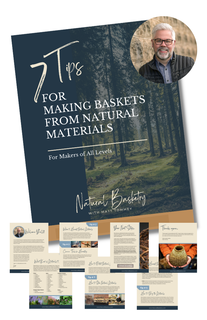 For more information on Natural Basketry, visit http://www.matttommey.com/basket-weaving-classes.html and download my free PDF called "7 Tips for Making Baskets with Natural Materials". Inside I'll tell you what materials are good for making baskets, when to harvest, how to store and protect them, and even common tools used in the harvesting process.
4 Comments
What is Grapevine?
Features of Grapevine:Due to the thick and woody bark, larger parts of grapevine have lots of texture. The wild grapevine itself grows up along existing vegetation by sending out narrow vines which coil around plants' branches and foliage to help support the vine. These tendrils appear in curls shooting out from the main parts of the grapevine. I love how these fit into the baskets because they extend out beyond the vine and are great interest points. Where to Find Grapevine:Grapevine runs rampant in deciduous forest throughout the South. You will find grapevine in most forests you visit if you're in the Southeast, as will you find it growing along roadsides or along fences. You will not have a difficult time finding grapevine near you, so likely it will be a great, free resource to harvest and weave! Weaving with Grapevine:Over the years, I have utilized a random weave technique. It is a great way to get cool shapes using a variety of materials, including grapevine. The random weave has no discernible pattern making the pieces truly one of a kind. The tendrils in grapevine also add cool details to the baskets as they protrude from the baskets themselves. Grapevine baskets are also well complemented by copper wire and branches mixed in along with the weaving. Check out more about my grapevine baskets here. 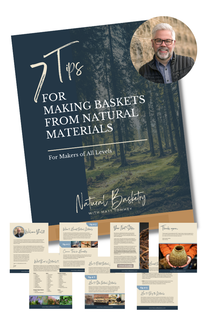 For more information on Natural Basketry, visit http://www.matttommey.com/basket-weaving-classes.html and download my free PDF called "7 Tips for Making Baskets with Natural Materials". Inside I'll tell you what materials are good for making baskets, when to harvest, how to store and protect them, and even common tools used in the harvesting process. |
AuthorMatt Tommey is a leader in the contemporary basketry movement and has been a maker for over 25 years. The focus of his work centers around the use of southern invasive plant species in basketry. He has served on the board of directors for the National Basketry Organization and taught at Arrowmont, the John C. Campbell Folk School and other locations both in the US and internationally. |
Copyright 2023 Matt Tommey | Tommey Capital LLC . All rights reserved.
Mailing Address: PO Box 1382 Lindale, Texas 75771
Studio Address:Private By Appointment Only
(404) 538-5173.
Mailing Address: PO Box 1382 Lindale, Texas 75771
Studio Address:Private By Appointment Only
(404) 538-5173.
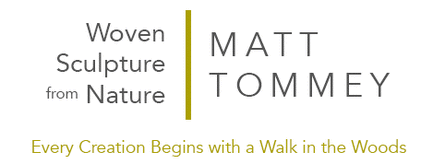
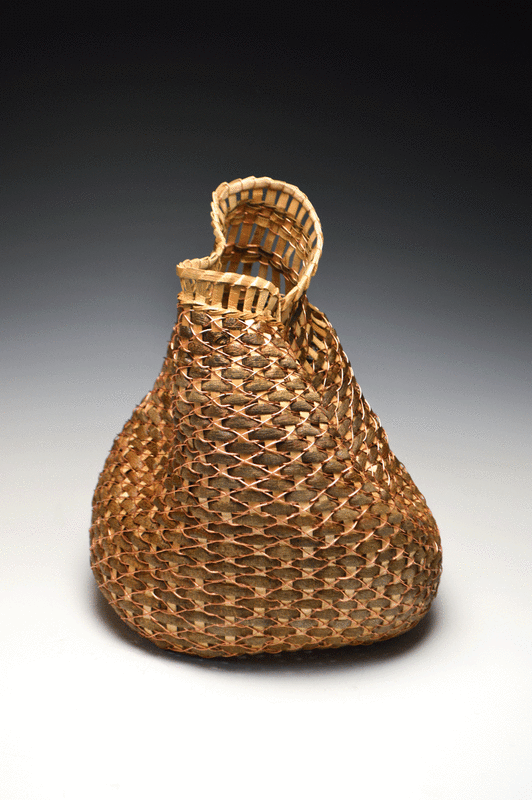
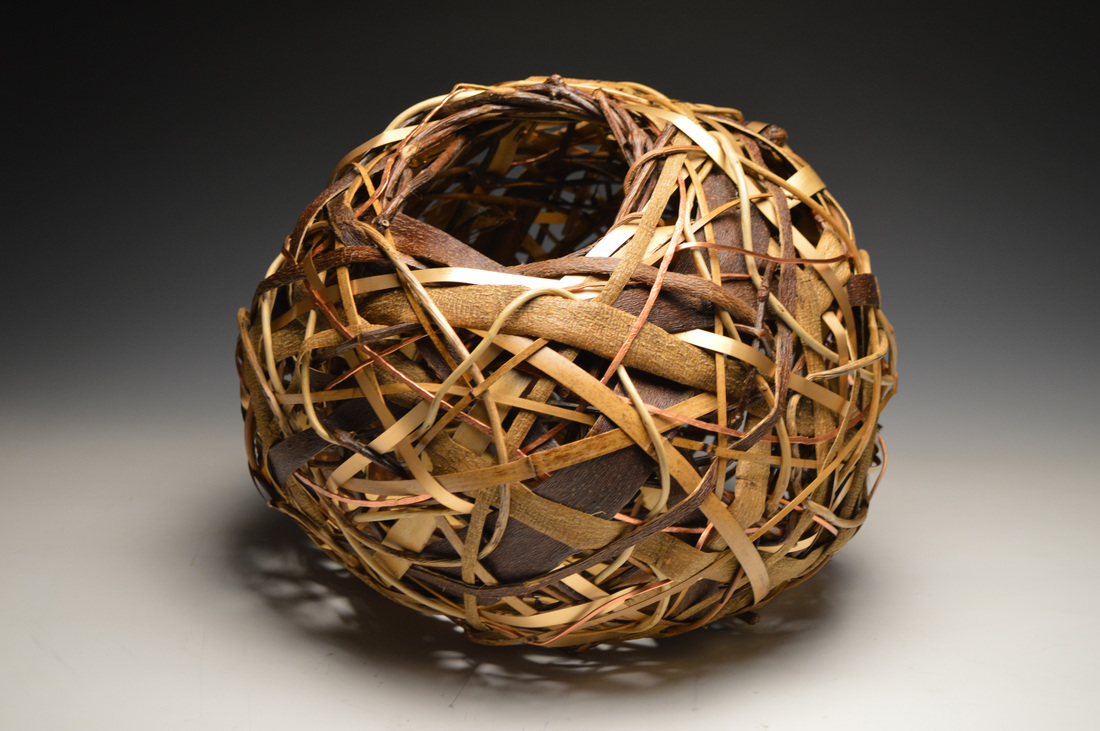
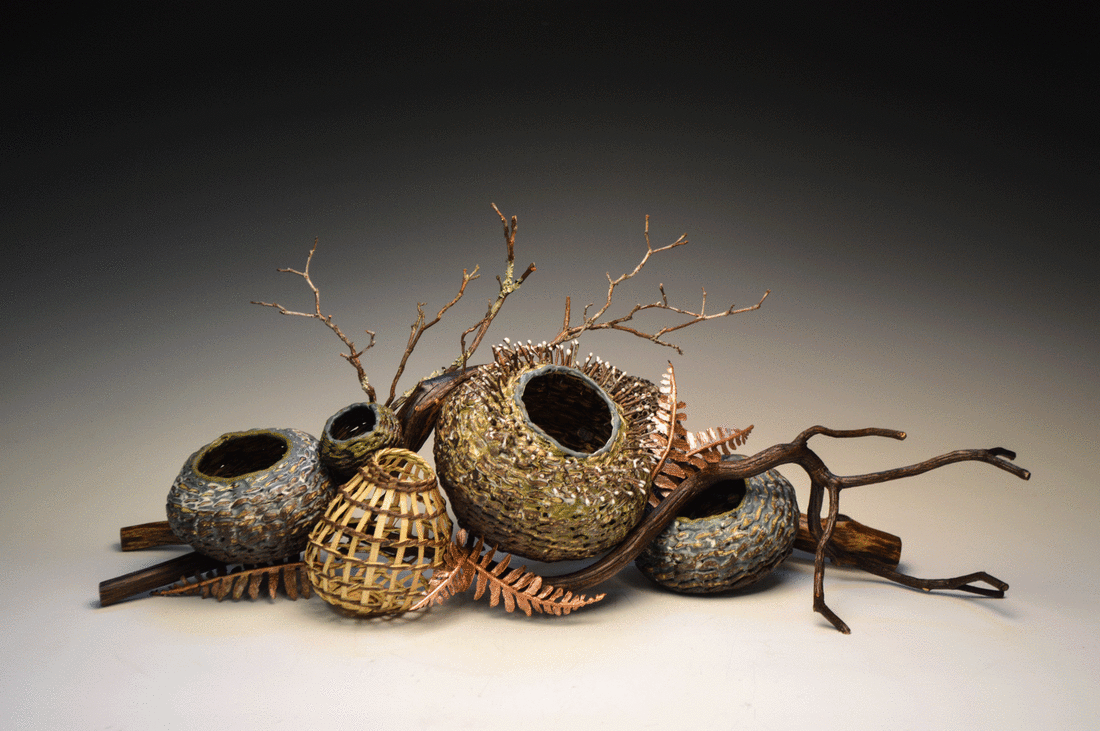
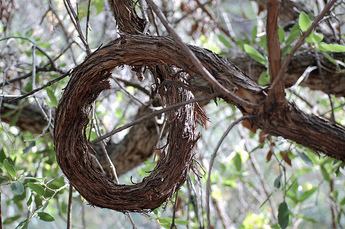
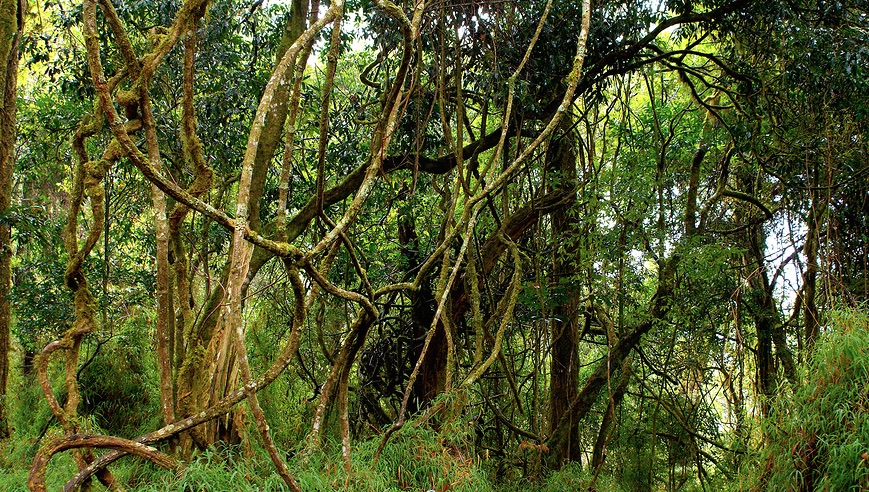
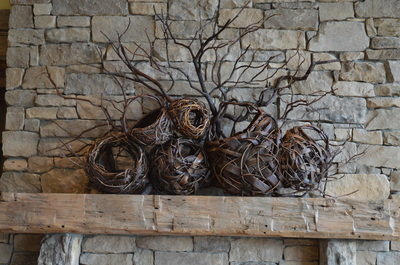
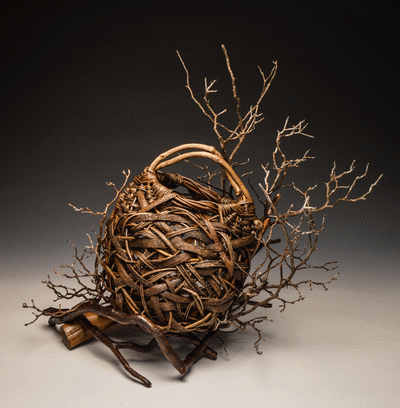
 RSS Feed
RSS Feed